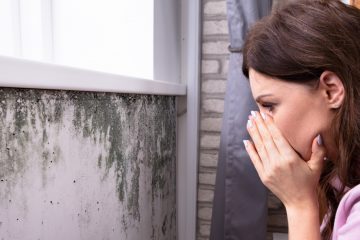If you’ve been thinking about giving your house a fresh coat of paint, timing is everything. Choosing the best time to paint your home can mean the difference between a smooth, lasting finish and a peeling, patchy mess. So, when exactly is the best season to tackle this project? Experts agree that weather conditions, humidity levels, and temperature all play a crucial role in the success of your exterior and interior painting efforts.
Why Timing Matters in Painting Projects
Paint doesn’t just stick—it cures. And for that curing process to happen properly, the environment has to be right. Too much humidity, direct sunlight, or freezing temperatures can all prevent the paint from bonding well to your walls. This can lead to bubbling, blistering, or cracking over time. That’s why knowing the best time to paint your home is just as important as choosing the right paint color or finish.
Ideal Outdoor Painting Weather
For exterior painting, late spring through early fall is typically the sweet spot. During these months, most regions experience moderate temperatures and lower humidity—ideal for painting. Daytime temperatures between 50°F and 85°F (10°C to 29°C) are considered optimal, with cooler evenings that help paint cure evenly.
It’s also crucial to check the forecast for rain. Even high-quality paints need a solid 24–48 hours to fully dry, and moisture can ruin your efforts if it arrives too soon after application.
The Best Season by Region
- Southern States: Early spring or late fall avoids the intense summer heat and humidity.
- Northern States: Late spring to mid-summer offers a comfortable window before colder weather sets in.
- Coastal Areas: Choose dry weeks with mild wind and low salt air exposure to protect exterior finishes.
Indoor Painting: More Flexibility, But Still Seasonal Benefits
Unlike outdoor painting, interior projects can be done year-round. However, cooler seasons like fall and winter are often ideal because of lower humidity levels, which allow the paint to dry faster. Just make sure to ventilate your space properly by opening windows or using fans. Modern low-VOC paints also make indoor jobs more manageable during colder months when it’s harder to air out a space.
Other Factors That Impact Your Paint Job
Beyond temperature and humidity, a few other considerations can help you get professional-quality results:
- Sunlight: Avoid painting surfaces in direct sunlight to prevent uneven drying or premature cracking.
- Wind: Light breezes help paint dry, but strong winds can carry debris that sticks to wet paint.
- Surface Preparation: Dirty or wet surfaces won’t hold paint well—clean and dry the area first.
When to Call a Professional
If your home is large, has difficult-to-reach areas, or needs surface repairs before painting, hiring a professional painting contractor may be the best move. Experts not only understand the best time to paint your home but also bring tools, techniques, and finishes that ensure long-lasting results.
Painting is one of the easiest ways to boost curb appeal, protect your home, and personalize your space. Choosing the right season and conditions ensures your investment pays off for years to come.


